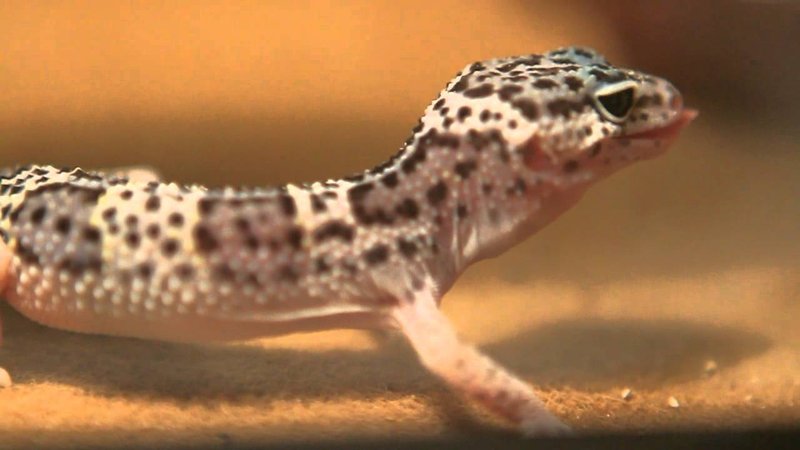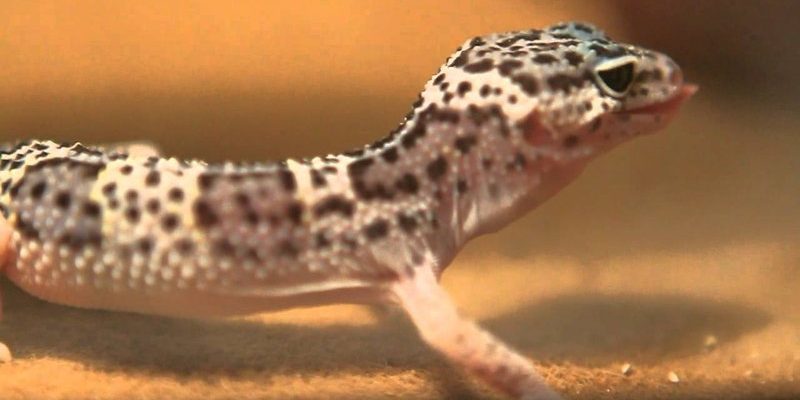
Leopard geckos, or *Eublepharis macularius*, are primarily insectivores, which means their diet mainly consists of insects. But there’s more to this recipe than just crunching bugs. You might be surprised to learn they have a charming, somewhat methodical approach to hunting and eating. Imagine them as tiny, patient predators, waiting and watching before making their move. In this article, I’ll walk you through their eating habits, what they enjoy munching on, and the clever tricks they use to catch their prey.
What Do Leopard Geckos Eat?
Leopard geckos thrive on a diet rich in live insects. The key to a healthy leopard gecko is variety. Here are some of their favorite meals:
- Crickets: These are the go-to snack for many gecko owners. Rich in protein and easy to digest, crickets provide essential nutrients.
- Mealworms: These squiggly treats are a favorite, but they’re higher in fat, so they should be given in moderation.
- Waxworms: If you want to spoil your gecko a bit, waxworms are like candy to them! However, they’re very fatty and should be a rare treat.
- Roaches: Dubia roaches are a great source of protein and are often preferred in many leopard gecko diets.
- Superworms: Similar to mealworms but larger, superworms are a great protein source but should also be given sparingly.
Each of these food items offers unique benefits. Crickets, for instance, are usually the staple of their diet due to their nutritional value. However, you might wonder how to keep their meals nutritious. This is where gut-loading comes in. Providing these insects with nutritious food before feeding them to your gecko helps ensure that your pet gets all the vitamins and minerals it needs.
The Importance of Variety
Just like you wouldn’t want to eat the same thing every day, leopard geckos also prefer variety in their diet! A well-rounded meal plan helps prevent nutritional deficiencies and encourages healthy growth. Think of it like a buffet, where they get to choose from different tasty treats.
Here’s why variety matters:
– Nutritional Balance: Different insects provide various vitamins and minerals. Crickets are high in protein, while mealworms offer extra fat. Mixing different options can ensure a balanced diet.
– Preventing Boredom: Leopard geckos can be picky eaters. Offering a mix of insects keeps their interest alive. A bored gecko might refuse to eat altogether, which is no fun for anyone.
– Easier to Digest: Some insects are easier for leopard geckos to digest than others, depending on their size and shell hardness. A variety of food helps keep their digestive system happy.
You might be thinking, how do you actually feed these little guys? A simple feeding routine works best—give them food that’s about the size of their head, and always remember to remove any uneaten insects after a short time to avoid stressing your gecko.
How Leopard Geckos Hunt
Now let’s dive into the hunting techniques of leopard geckos. Honestly, they’re pretty fascinating little predators. They often use a technique called sit-and-wait hunting. Here’s what that looks like:
When hunting, leopard geckos will find a cozy spot where they can observe their surroundings. They have excellent eyesight, especially for detecting movement, which is vital for spotting potential prey. Imagine them as little, patient ninjas, waiting quietly for the right moment to pounce.
– Stealthy Movements: When they see a bug scuttling by, they’ll very slowly inch closer. It’s almost like a game of freeze and go. Too much movement can scare away their food.
– Quick Strikes: Once they’re close enough, they’ll spring into action with lightning speed! Their powerful jaws snap shut with impressive precision, catching prey in the blink of an eye.
– Using Their Tongue: Leopard geckos have super-sensitive tongues. They often use them to flick into their surroundings, tasting the air to detect potential meals nearby.
This method of hunting makes them very effective in their natural habitat. However, if you keep a leopard gecko as a pet, you’ll find they rely on you to provide their meals. But don’t worry, they still have that instinctive hunting nature; you can give them live food for a little excitement!
Hunting Techniques and Strategies
Beyond just sitting and waiting, leopard geckos also have some interesting strategies they may use. For example, once they spot potential prey, they might:
– Employ a “stalking” strategy: If they sense a lot of movement, they might take a more active approach, slowly stalking their prey.
– Use camouflage: Their natural spots and colors help them blend into their surroundings, making it easier to surprise their food.
These strategies show just how well-adapted they are to their environment. However, you might be curious how this works differently in captivity. In a tank, you might not see the same level of hunting behavior since they rely on you to provide food. It’s a bit like being served dinner every night instead of hunting for your meal!
Hydration Needs of Leopard Geckos
While we’ve mainly talked about their diet, hydration is equally important for leopard geckos. They don’t drink water like we do; instead, they often get moisture from their food. However, it’s a good idea to provide a shallow dish of clean water in their habitat. Here’s how to ensure they stay hydrated:
– Water Dish: Keep a shallow water bowl in their enclosure, changing it regularly. This little touch helps keep them healthy.
– Humidity Levels: Ensuring the right humidity in their habitat helps them absorb moisture. Aim for a humidity level of about 30-40% in their tank.
Pay attention to their drinking habits. If you notice your gecko isn’t drinking or showing signs of dehydration (like sunken eyes), it’s crucial to step in.
Feeding Frequency and Tips
Wondering how often to feed your leopard gecko? It really depends on their age. Here are some general guidelines:
– Hatchlings (up to 6 months): Feed them daily. They need the energy for growth.
– Juveniles (6 months to 1 year): You can cut back to every other day.
– Adults (1 year and older): Feed them 2-3 times a week, depending on their size and activity level.
Also, it’s good practice to dust their food with vitamin and calcium supplements a few times a week to ensure they’re getting all the nutrients they need.
Final Thoughts on Leopard Gecko Diet and Hunting
Understanding what a leopard gecko eats and how it hunts gives you a deeper appreciation of these unique little creatures. From their varied diets to their fascinating hunting techniques, there’s so much to learn. If you’re thinking of getting a leopard gecko, embrace their natural behavior while providing a healthy, balanced diet.
In summary, leopard geckos are easy-going pets that thrive on a well-rounded diet of live insects and some careful hydration. So, whether you’re feeding them crickets or simply watching them hunt, you’re diving into a world of wonder. Happy gecko keeping!

